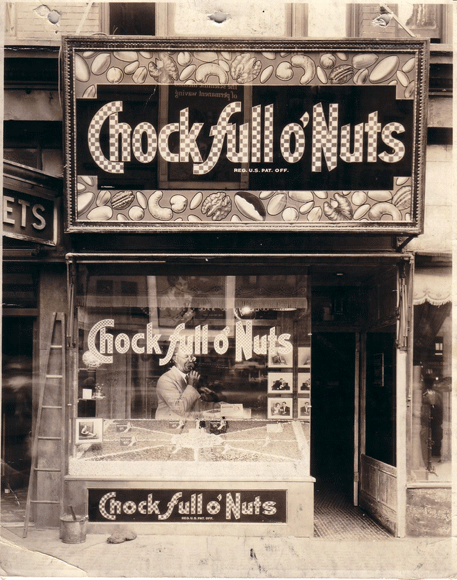The aquarium was a short-lived, but very ambitious venture, founded by William Cameron Coup and Charles Reiche. Coup was already well-known for his collaborations with P.T. Barnum -- he helped set up and manage P.T. Barnum's Museum, Menagerie and Circus.
The New York Aquarium opened on October 11, 1876. The building was 20,000 square feet, and included space for exhibition as well as research. The centerpiece of the main pavilion was a 30-foot tank intended to house a whale, or, whales (plural). Additional tanks flanked the whale tank, intended for sea lions and elephant seals, and tanks along the pavilion's north and east walls housed fish.
 |
| Image: MCNY |
In his memoir Sawdust and Spangles, Coup devotes a chapter to the Aquarium and it's specimens. It sort of reads like a manual on how not to transport aquatic animals from distant places. Even so, his enthusiasm and love for the creatures comes through. He starts with a description of a rare species of Japanese fish that has three tails (it's a goldfish), and continues with a description of whale transport that involved a days-long journey by boat from the Norwegian coastline to Canada, then a 90-hour train ride from Canada to New York City. Three died en route on separate journeys before one was delivered alive and transferred to the aquarium on October 15, 1876, a few days after the aquarium's official opening.
The whale exhibited -- briefly, before it too died -- was most likely a beluga whale.
 |
| White Whale, drawing, c. 1820: source |
The year 1870 brought the aquarium's first sea lions, another main attraction. Pinnipeds have been exhibited in captivity since around the 1600s, but this exhibit was likely one of New York's first. The pinniped pen was located next to the whale tank, and drew guests from all over.
In 1879 Coup and Reiche disagreed on the practice of opening the business on Sundays -- Reiche was for it, and Coup against. Reiche bought out Coup's share of the company and went on to pursue other enterprises.
The aquarium closed in 1881, and the NW corner of 35th and Broadway soon became known for its theater venues, first as the location for the New Park Theater in 1883, and from 1894 until 1914, the home of the Herald Square Theater.






---WEB.gif)


